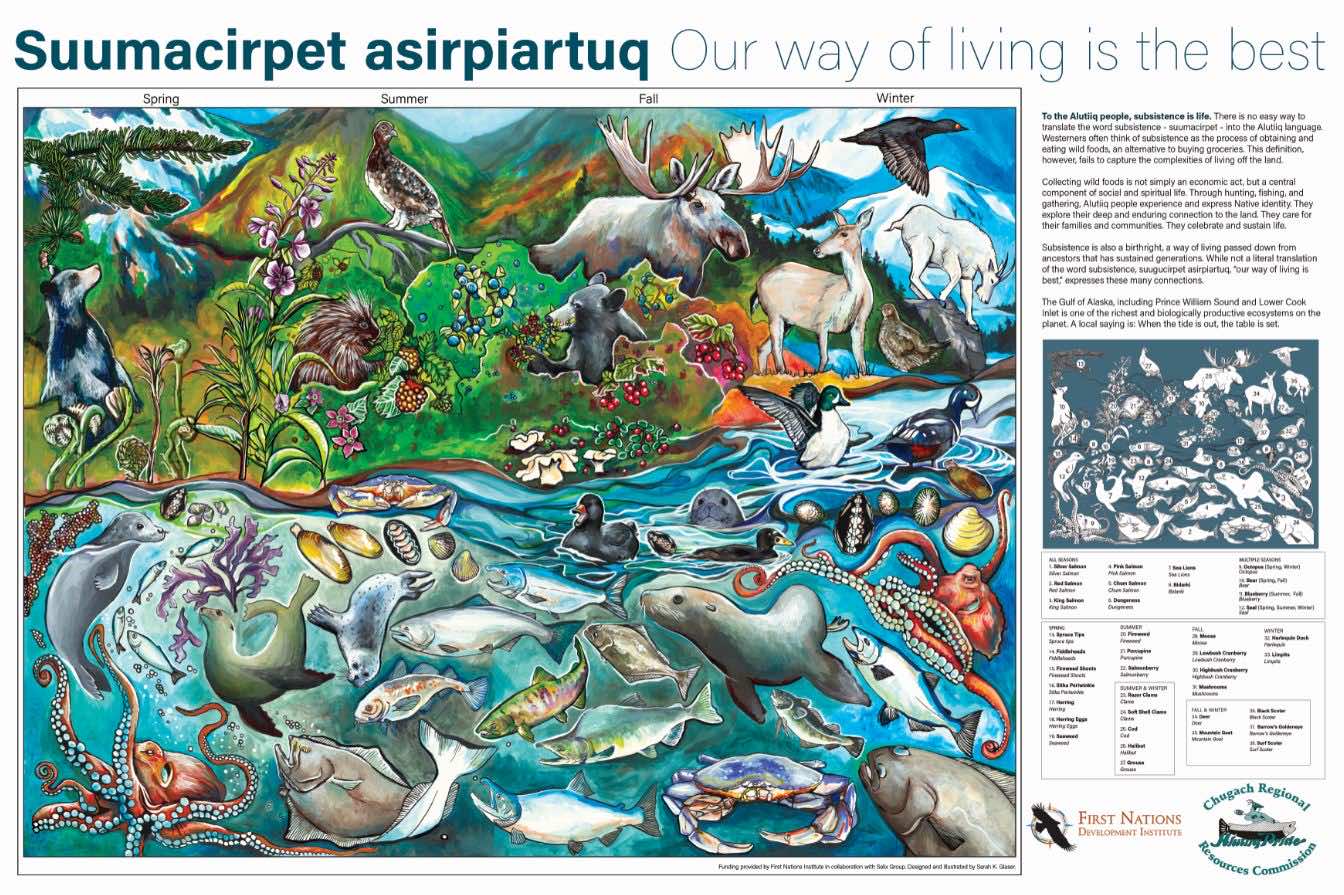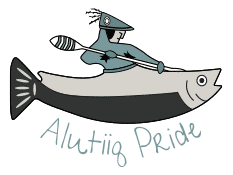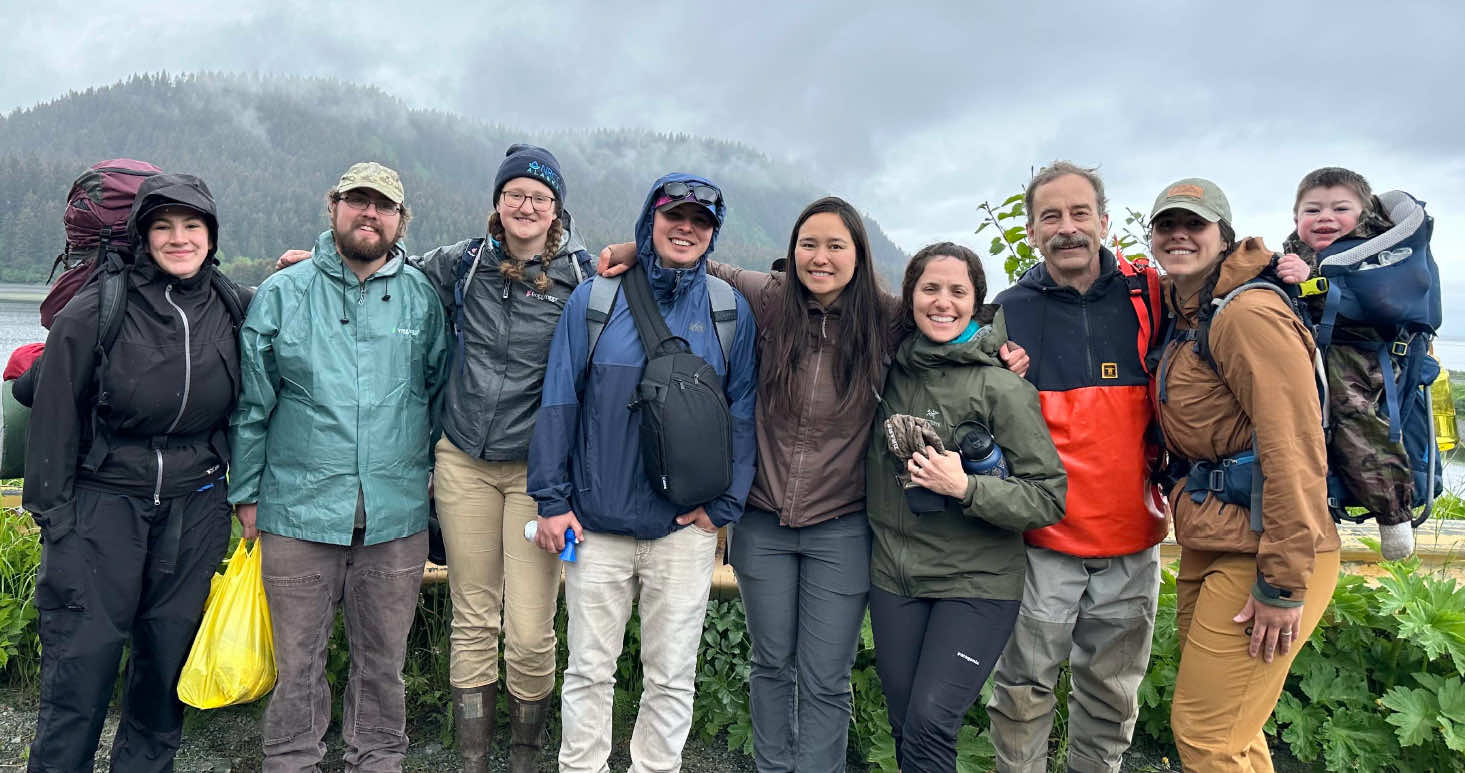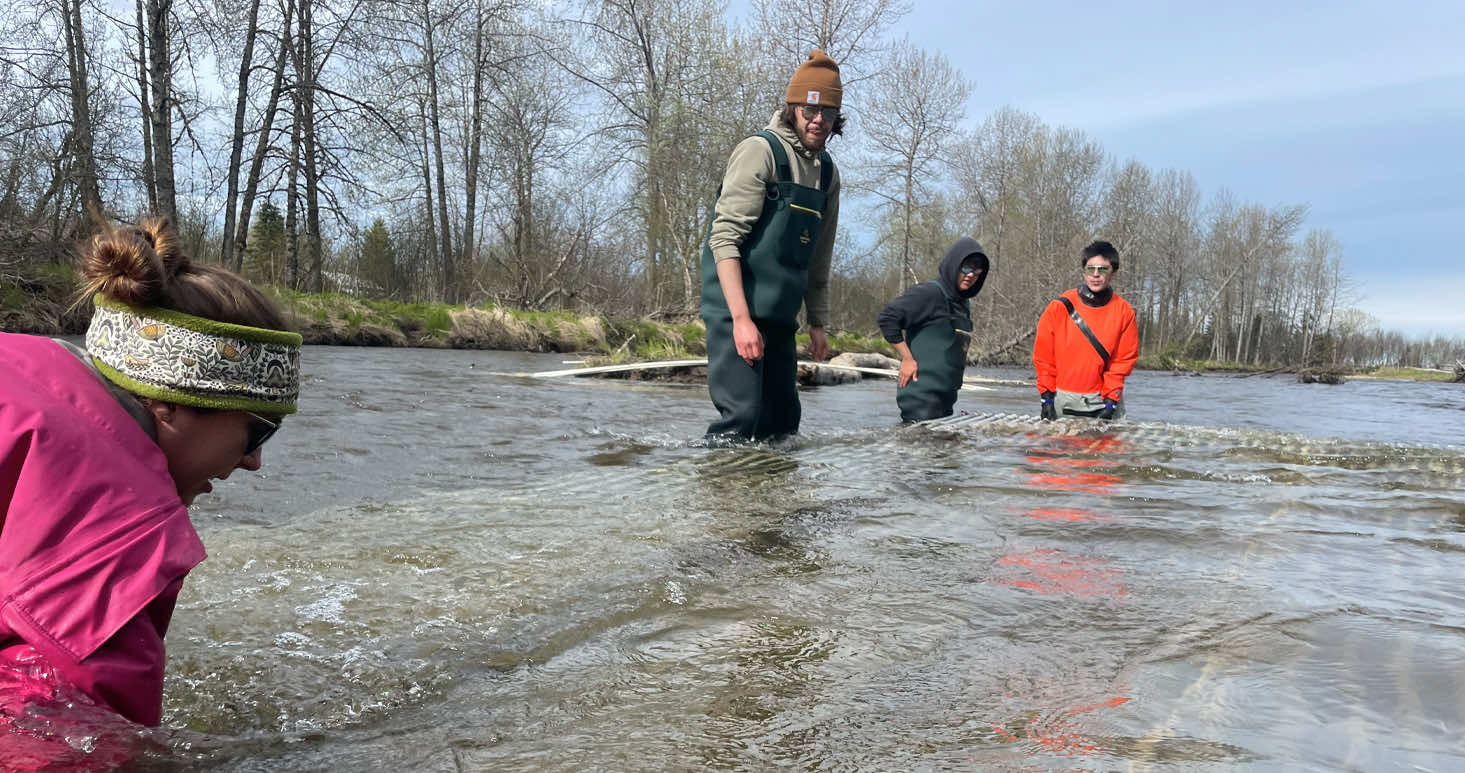CRRC 2018 Q3 Newsletter

Quarterly Update
CRRC has been busy these last few months! Take a look below to see what staff have been up to. We also include other regional and noteworthy news.
On February 26, 2018, NOAA Fisheries released a special issue journal highlighting the status of an Alaska marine ecosystem more than a quarter century after the Exxon Valdez oil spill. What does the Prince William Sound ecosystem look like more than two decades after the Exxon Valdez oil spill? According to NOAA Fisheries scientists and partners who have been monitoring the ecosystem since the spill occurred in 1989, the answer is complicated. It’s a picture that includes loss, recovery, change, and persisting conditions. A newly published Special Issue of Deep Sea Research II includes 19 research papers on the Sound ecosystem.

CRRC is proud to have the Subsistence Use by Seasons poster completed. It will appear in the Summer 2018 issue of Edible Alaska. Find your copy of the magazine here.
For more information on the poster, contact Willow Hetrick at .

On February 14, 2018, the results of two studies assessing current seafood consumption rates for Alaska tribes were presented at the Alaska Forum on the Environment. EPA Region 10 has been working with tribes in Southcentral Alaska to build technical capacities to develop water quality protection programs through the Indian Environmental General Assistance Program. The first Alaska tribal fish consumption survey, an Assessment of Cook Inlet Tribes’ Subsistence Consumption, was conducted by Seldovia Village Tribe in 2012-2013. A second Alaska tribal fish consumption survey, an Assessment of Kodiak Island Tribes’ Seafood Consumption, was conducted by the Sun’aq Tribe of Kodiak in 2015-2016.
Both studies utilized in-person interviews and food frequency questionnaires. The results have been provided to the Alaska Department of Environmental Conservation for consideration in updating the state’s human health criteria for water quality standards, currently based on a fish consumption rate of 6.5 g/d. For more information, contact Katherine Brown, EPA Region 10 Tribal Coordinator, at 206-553-7263 or .
Find the link to the EPA Fish and Shellfish Program Newsletter here.

Alaska Native Tribal Health Consortium |Community Environment and Health 7G Climate Change Adaptation
July 31 – August 2, 2018
This in-person workshop will introduce participants to a community-based approach to developing and implementing climate change adaptation plans.
Tribal Environmental Leaders and staff working towards addressing Climate Change in their community.
Applications are available online. Agenda and more course information can be found by clicking here.
Climate Resilience VISTA, Chelsea Kovalcsik attends Institute for Tribal Environmental Professionals training in Glenallen
My time in Glennallen was spent making a lot of connections with the other attendees and communicating about the whole process of creating a climate change adaptation plan. There were a few different tribal members that attended the conference and each of them presented the way they went about receiving funding, planning, writing, and implementing their adaptation plans – 1 was from Montana and the other was from Metlakatla, AK. They each had, and continue to have, their own struggles that mirror some of our struggles but, just like us, are working through them in different ways. We talked about vulnerability assessments matrices and how we can use this simple system to prioritize our own adaptation planning.
It was stressed that tribal leaders need to participate for long-term success and to make sure that everyone in the community knows what “we’re” talking about when discussing climate change adaptation plans. The conference was broken down into 4 phases: 1. Scope and engage. 2.Assess vulnerability. 3. Community Engagement. 4. Adaptation strategies. These 4 phases helped us to better understand the material and actually make sense of the process of creating comprehensive management plans.
Another benefit of the conference was how many resources we were given! Everyone brought a different kind of resource/knowledge on the topic and I walked away feeling better about our own projects. Alaska alone has a ton of agencies that are willing to work with tribes on climate change adaptation and it’s always good to connect with others.




